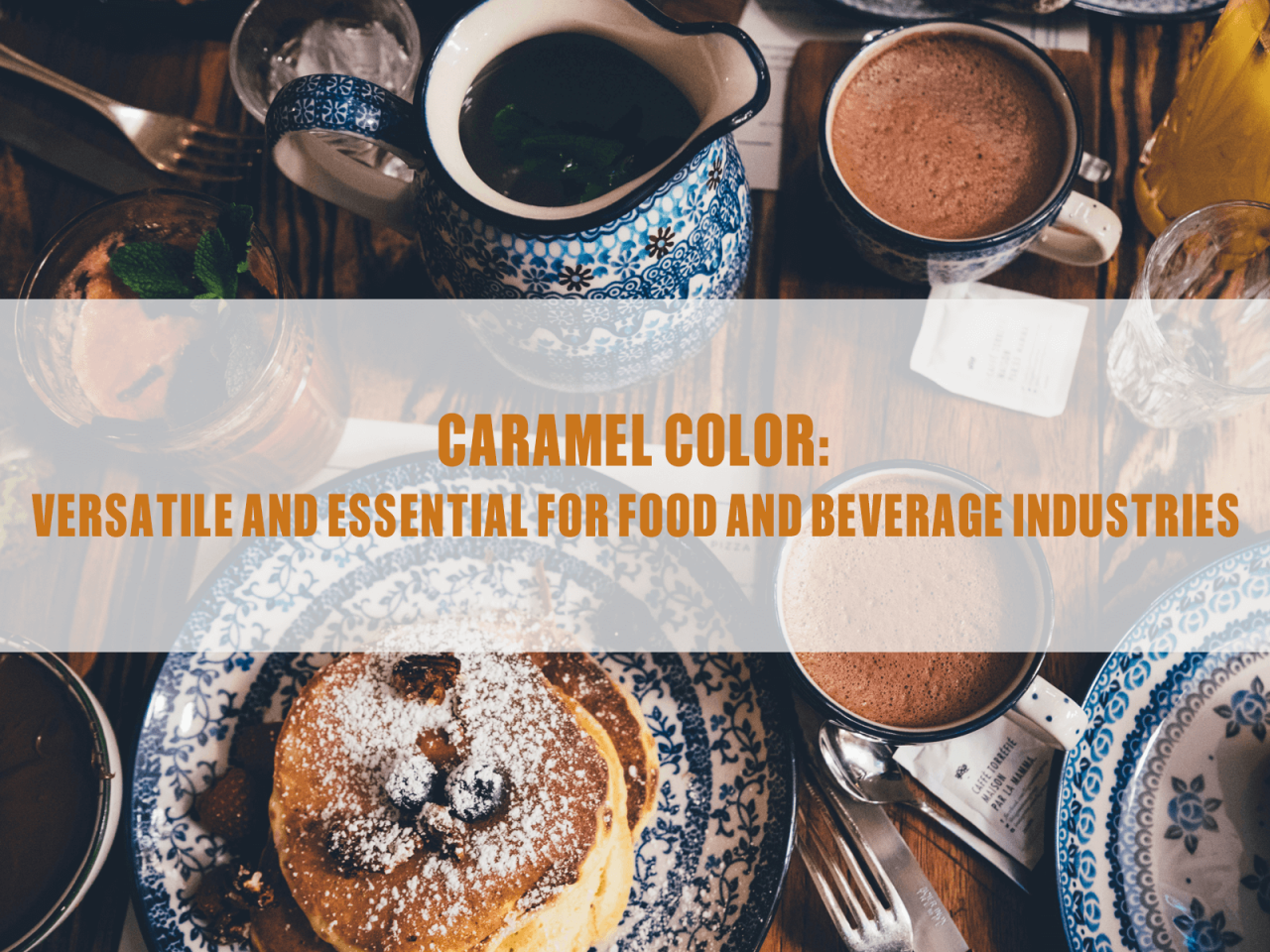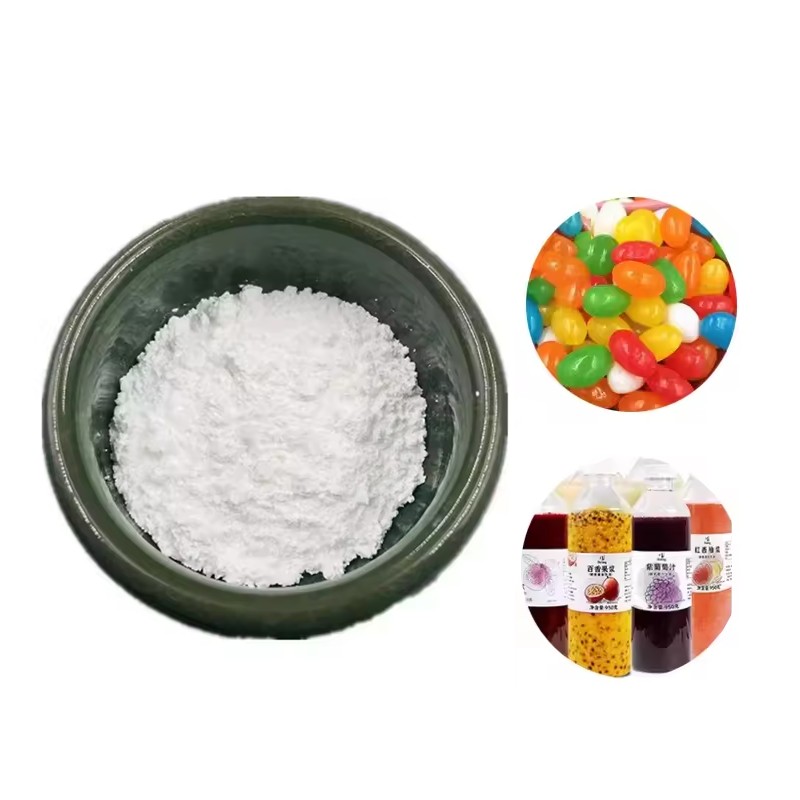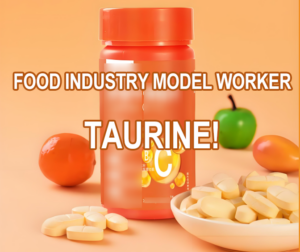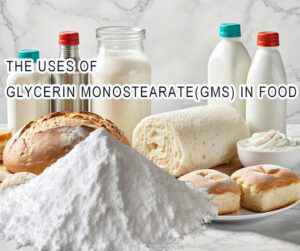
Caramel Color: migliorate i vostri prodotti con coloranti economici e di alta qualità.
Introduction to Caramel Color
Caramel color is one of the oldest and most commonly used food colorings in the world. It ranges from pale yellow-brown to deep dark brown, depending on the specific production process. Caramel color is produced through the controlled heat treatment of sugar or glucose, which leads to the characteristic dark, rich hue.
Product Features
Caramel color comes in four distinct classes (I, II, III, IV), each created with different processes and having unique properties. These include:
- Class I (Plain Caramel): Free of sulfites and ammonia, used in light-colored products.
- Class II (Caustic Sulfite Caramel): Contains sulfites, giving it a light color.
- Class III (Ammonia Caramel): Made with ammonia but no sulfites, yielding a darker tone.
- Class IV (Sulfite-Ammonia Caramel): The darkest and most stable, commonly used in beverages like cola.
Key properties include water solubility, heat stability, and resistance to light degradation. This versatility makes it ideal for a wide range of applications.

Usage Advantages
- Natural Appearance: Caramel color provides a rich and appetizing color, enhancing the visual appeal of food and beverages without overpowering other flavors.
- Versatility in Application: It is used in beverages (soft drinks, beer), sauces, bakery products, dairy items, and even pet food. Its compatibility with both high and low pH products broadens its usage.
- Cost-Effective Solution: As a relatively inexpensive additive, caramel color provides an economical option for manufacturers seeking consistent and reliable coloring for their products.
- Regulatory Acceptance: It has widespread approval by food authorities globally, including the FDA, EFSA, and other food safety bodies, making it suitable for international markets.
Market Trend Analysis
The global caramel color market is experiencing steady growth, driven by the rising demand for processed foods, beverages, and the shift towards natural and clean-label products. North America and Europe are major markets, where consumer preferences for visually appealing food and beverage products remain high. In emerging markets, including Asia-Pacific and Latin America, the rapid urbanization and increasing consumption of processed foods are fueling demand.
Additionally, the increasing focus on clean-label food products has influenced manufacturers to seek caramel colors made with non-GMO ingredients, further expanding market opportunities.
Why Choose Our Caramel Color?
Our company offers high-quality caramel color products that are tailored to meet the needs of various industries. With a focus on product consistency, compliance with global standards, and competitive pricing, we ensure that our caramel colors provide both performance and value. Our dedication to customer satisfaction and product excellence makes us a trusted partner for food and beverage manufacturers worldwide.












